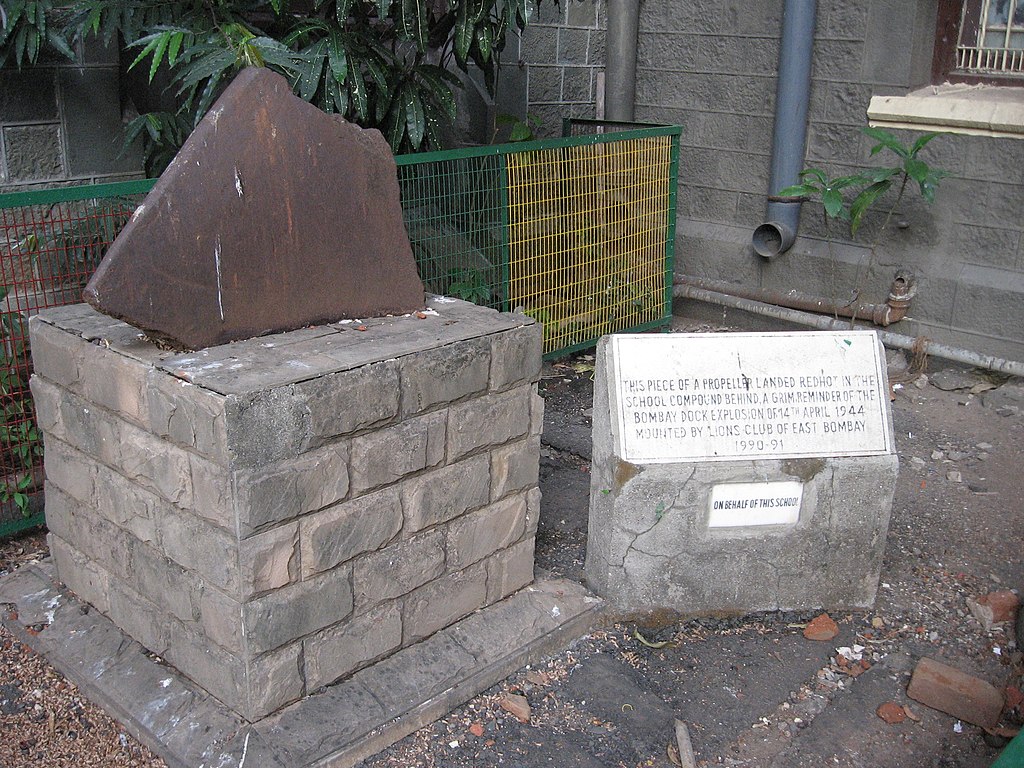
The last few
days have seen a huge uproar in the media and on social media regarding the
Government of India (GoI)’s scheme to allow Corporate Houses to adopt Heritage
sites both Cultural and Natural.
This is my
attempt at defending the governments stand. At the onset let me lay down my
cards, I am a trained archaeologist and teach archaeology at the University of
Mumbai. I have also consulted with a company desiring to adopt some of the
heritage that the Ministry of Culture would like adopted.
The huge hue and cry in the media has been that the GoI has given away these heritage structures to multi-national and mega corporate house since they are unable to take care of India’s Heritage, that this is a ‘saffronised’ plot to re-write history, that this is a blatant giving-up of responsibilities and that it is a slap in the face of tradition and history and an insult to all those people who lived, died and strove to make these monuments what they are.
The huge hue and cry in the media has been that the GoI has given away these heritage structures to multi-national and mega corporate house since they are unable to take care of India’s Heritage, that this is a ‘saffronised’ plot to re-write history, that this is a blatant giving-up of responsibilities and that it is a slap in the face of tradition and history and an insult to all those people who lived, died and strove to make these monuments what they are.
The secondary
allegations are against the Dalmia Groups credentials on Heritage Management
and Conservation and also some unnecessary slander of a personal familial
nature.
Let me start by
asking all those concerned to take a deep breath and to sit back. Please peruse
the documents related to the scheme. This scheme is a revamped version of an
older scheme first proposed by the last government in power. At no point does
the scheme give away the monument. The monument per se and its conservation
continue to be in the very safe hands of the Archaeological Survey of India
(ASI). No adopting agency can in any way interfere with this. Point two the
adopting agency is responsible for cleanliness, security, sanitation, drinking
water, ticketing, lighting, park furniture, disabled access, Wi-Fi, Audio
Guides, and a visitor’s centre. They may also be allowed to set up a
food and beverage concession and a gift/souvenir shop. The ticket amount goes
right into the coffers of the ASI. Any money generated by the adopter is put
into a specific account and all profits have to be funneled right back into the
monument adopted.
This will allow
the ASI to concentrate on what it does best i.e. taking care of the Heritage
aspect of the monument. It will also take a huge load off the ASI’s shoulders
regarding the nitty-gritty of non-archaeological and non-conservational
matters. It should be noted here that the landscaping will still be strictly in
the hands of the ASI.
Shah Jahan's iconic Red Fort in Delhi is now Dalmia
Bharat group's Red Fort said the Business Standard,
this is a typically ‘click-bait’ type of headline with a terrible lack of any
reading of what is actually happening and virtually zero due diligence. No it
isn’t theirs and they haven’t ‘bought it for 5 years for 5 crores a year’. They
have been allowed, note allowed, to adopt the monument and their yearly spend
for the 5 year period is pegged at 25 crores i.e. 5 crores per annum.
Now should we debate this? Yes we should. It is our
right to do so in a democracy and debating the pros and cons will only make our
democracy and the scheme stronger. Should we go off shouting how horrible it is
without looking into? No, that would be plain foolish.
Thus debating the Heritage credentials of the
company doing any of the adopting is quite pointless, debating their management
skills would be a good idea.
Why do I think it’s a good idea? The first reason
is because our heritage desperately needs help. The second reason (this will
hurt a few toes) is because the government and its agencies take loads of time
to do things, they are cumbersome, have complicated cumbersome mechanisms and
the smallest cog failing can result in months if not years of delays. The
corporate world in that way is the antithesis and will get done what needs to
be done when it needs to be done and in the most cost effective way possible.
The comparison between the overworked suburban railway systems in Mumbai
vis-à-vis the privately run metro is a glaring example of this.
Added to the above reasons is the fact that many an
Indian Corporation does (contrary to public belief) care about the nation’s
heritage and would love to give back a little something to it. Why are we hell
bent on denying them these rights? They have the funds and are willing to use
them under the very strict guidelines and supervision of the ASI and the
responsible ministries. Give them a chance. The GoI has very clearly maintained
that they can and will immediately pull the rug if the corporate sponsors don't follow meticulously the guidelines. Let’s be the pubic watchdogs and keep
them in line!
And what about the heritage conservation skills of
the adopters? Well they don’t need to have any, they have to take on an
empanelled Conservation Architect and even after that the monument per
se is completely off limits. Thus their experience in conservation of
‘built heritage’ isn’t even really a question.
What do the corporates get out of this? They get
satisfaction, pride and bragging rights. They also get their logo on a board
outside the monument, on one corner of the tickets and inside the toilets.
So let’s breathe a little easy and take stock of
the situation and calmly proceed.
(Image from: https://commons.wikimedia.org/wiki/File:Delhi,_Red_Fort_(6258220875).jpg)











